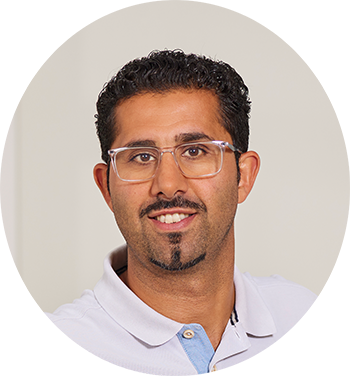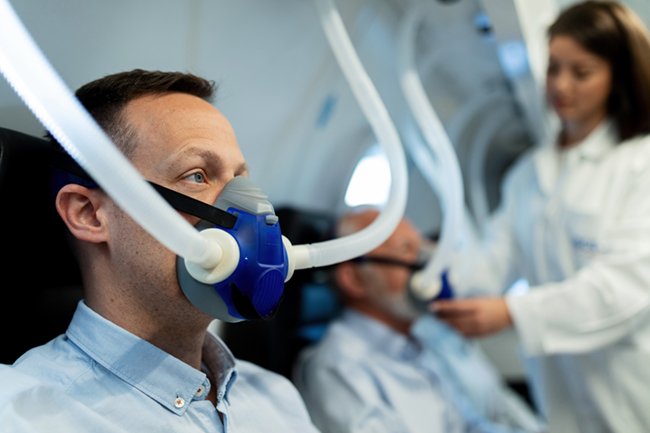Here is a breakdown of the potential useful applications of ozone therapy, organized by the strength of evidence
and mechanism of action.
How Ozone Therapy is Thought to Work (Mechanisms of Action)
Ozone doesn't work by directly "killing" everything bad in the body. Instead, it works through sophisticated physiological mechanisms:
1. Modulation of Oxidative Stress: This is the core principle. Ozone creates a controlled, transient oxidative stress. This sounds counterintuitive, but in response, the body upregulates its own antioxidant defense systems (e.g., increasing superoxide dismutase, glutathione production). This leaves the body better equipped to handle everyday oxidative stress, a key factor in aging and chronic disease.
2. Oxygen Metabolism Improvement: Ozone enhances the delivery and utilization of oxygen by red blood cells. It makes cell membranes more flexible and stimulates enzymes in the glycolysis cycle, helping tissues get more oxygen.
3. Immune System Modulation: Ozone can "train" the immune system. It can stimulate a weakened immune system (e.g., in chronic infections) and calm down an overactive one (e.g., in autoimmune conditions), acting as an immunomodulator.
4. Inactivation of Pathogens: Ozone directly disrupts the integrity of bacteria, viruses, and fungi by damaging their cell walls or capsids. This is why it's so effective for topical disinfection.
5. Activation of Cellular Signaling: It triggers the release of signaling molecules like interferons, interleukins, and growth factors that promote healing and reduce inflammation.
Potential Useful Applications (Based on Evidence and Clinical Experience)
1. Strong Evidence & Well-Established Use
Diabetic Foot Ulcers and Chronic Wounds: This is one of the most validated uses. Topical ozone (gas or ozonated oil) helps disinfect wounds, reduce inflammation, and improve local oxygen supply, significantly accelerating healing and preventing amputations. Evidence Level: High (Numerous clinical studies).
Dental Infections: Dentists use ozone gas and ozonated water to disinfect cavities, root canals, and treat gum disease (periodontitis). It effectively kills oral pathogens. Evidence Level: High.
Musculoskeletal Pain (Prolozone): Injecting ozone into joints, muscles, and ligaments (e.g., for knee osteoarthritis, back pain, tendonitis) can reduce pain and inflammation and stimulate the body's own repair mechanisms. Many patients report long-lasting relief. Evidence Level: Growing, with strong positive clinical reports.
2. Promising Evidence & Common Clinical Applications
Chronic Infections (e.g., Lyme Disease, Viral Infections): As part of a comprehensive protocol, Major Autohemotherapy (MAH) is used to modulate the immune system, improve energy (mitochondrial function), and indirectly help the body manage persistent infections like Lyme, Epstein-Barr Virus (EBV), and shingles. Evidence Level: Moderate (Many clinical reports, more RCTs needed).
Autoimmune Conditions: Due to its immunomodulatory effect, ozone may help regulate the aberrant immune response in conditions like Hashimoto's thyroiditis, Rheumatoid Arthritis, and Multiple Sclerosis. It is thought to help shift the immune system from a pro-inflammatory state to a more regulated one. Evidence Level: Moderate/Clinical Experience.
Age-Related Decline and "Biohacking": Ozone is used by some to combat the effects of aging by reducing oxidative stress, boosting cellular energy, and improving cognitive function. The "Ozone Revolution" book by Dr. Frank Shallenberger popularized this concept. Evidence Level: Emerging/Preclinical.
Cardiovascular Health: By improving blood rheology (flow) and oxygen delivery, ozone therapy may benefit conditions like circulation problems, high cholesterol, and even help in recovery after a heart attack or stroke. Evidence Level: Emerging.
Long COVID: Many ozone practitioners report significant success in treating Long COVID symptoms, particularly severe fatigue, brain fog, and poor circulation, likely by addressing mitochondrial dysfunction and systemic inflammation. Evidence Level: Anecdotal/Early Clinical (formal studies underway).
3. Supportive & Adjunctive Use
Cancer Supportive Care: It is critical to state that ozone is NOT a cure for cancer. However, some integrative oncologists use it as a supportive therapy to improve a patient's quality of life—by reducing the side effects of chemotherapy/radiation (e.g., fatigue, mucositis), boosting the immune system, and improving overall well-being. Evidence Level: Supportive/Palliative.
Detoxification: By improving liver function and circulation, ozone therapy is sometimes used as part of a detoxification protocol.
Skin Conditions: Ozonated oils are used for acne, eczema, psoriasis, and fungal infections due to their antimicrobial and healing properties.

Dr. Med. Mahmoud Taghavi
Facharzt für Allgemeinmedizin
Facharzt für Arbeitsmedizin FMH
BAV-Offizierarzt
Taucherarzt (SUHMS / GTÜM)



